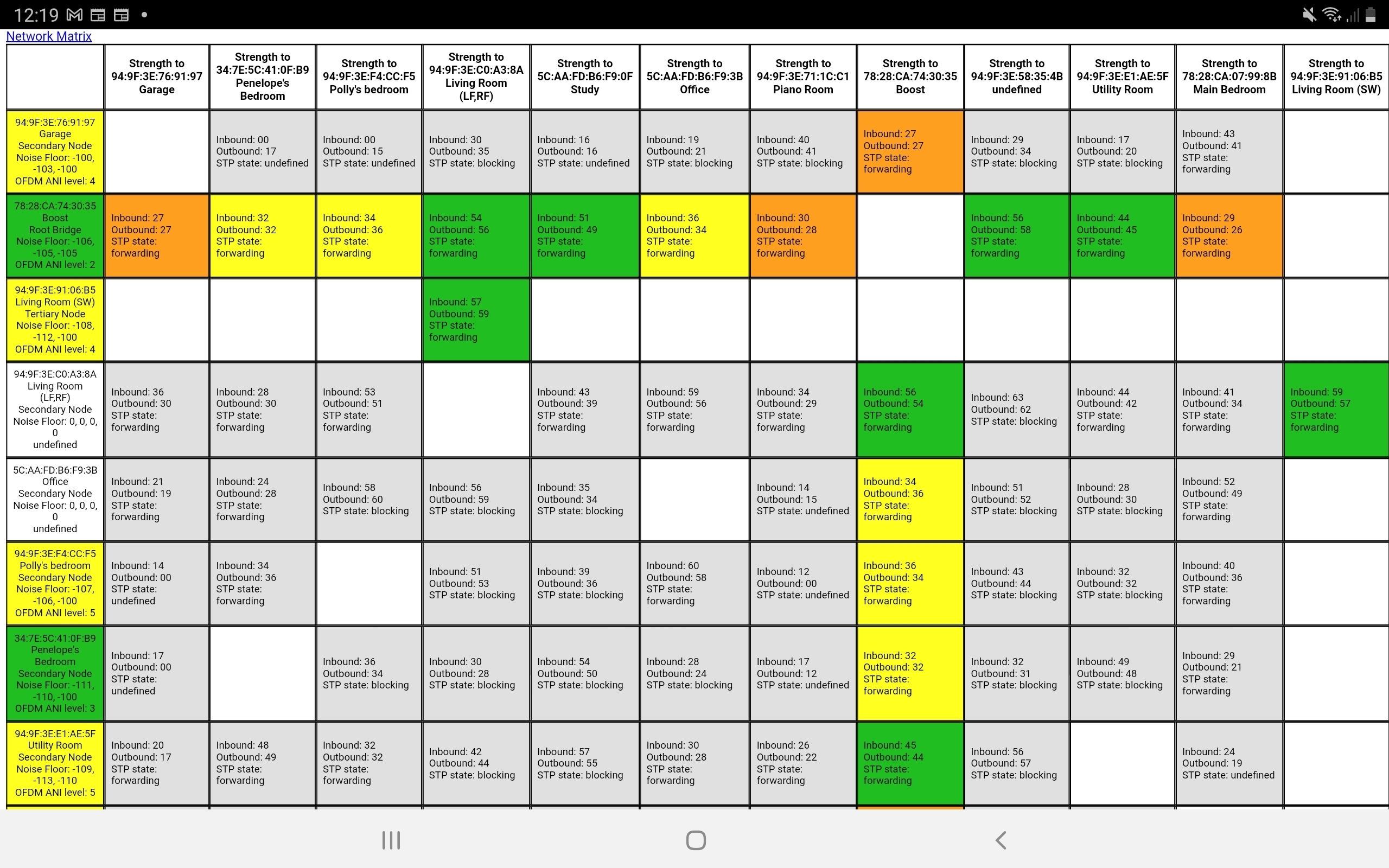Hi all
I'm posting here as a final hope. I have a set up of:
1 x boost
1 x beam
4 x play:1
1 x play:3
2 x One SL
1 x One
1 x Sub
I moved into my current house in January, moving in with most of the speakers and adding the 2 One SLs.
The house isn't massive, but it is old. And has a mixture of walls between rooms that vary from a single bricks thickness to an absurdly thick 20 inches (of brick and stone. Like I said...old house!)
Due to the walls the house kills WIFI. I have cable broadband with download speeds of up to 220mbs if within a few feet of the router. However if you move to the adjoining room (beyond one of the 20 inch walls) you'll be lucky to even pick up the WiFi, not least achieve any respectable download speeds. So I've installed a netgear orbi mesh, with 3 access points in the 'dead zones'. WiFi now works perfectly well, as does the 2 hue hubs I have (1 hub for each floor, every room in the house is equipped with hue).
I also have ring door bell and a couple of their cameras that work fine.
I've recently shiftes the 5ghz network to the cleanest channel (using a WiFi analytics app), and shift the 2. 4 ghz to second cleanest channel, and set the sonos mesh up to the cleanest channel.
I have one neighbour who lives closely. But they often my phone won't even find their WiFi due to the walls!
The boost is hardwired into the main router, as is the sub. 3 subsequent speakers are hardwired to 2 separate APs.
But the speakers constantly cut out when playing music. Randomly on occasion, certainly when skipping a track. I've called sonos support who advised I've "done everything" and to try hard wiring more speakers (which I did, hence the number plugged in). This hasn't helped. There's no constants, some speakers are worse than others on different days. But they are all unreliable at different times. Sometimes all the speakers stop and skips to the next track. Sometimes a couple just stop playing for a few seconds.
I'm now left questioning if it's time I move to another make of speakers. I love sonos, and appreciate the house is a challenge for WiFi. But I am finding myself just switching off music and/or not even bothering to turn them on now which makes me sad!
Having checked the network matrix, it is mostly made up of green, couple of orange. No red. I spent months slowly moving speakers to new locations to eradicate red. I don't want to run cables everywhere and I've exhausted my limited knowledge of networking! I have also rebooted everything several times. Problem is its only sonos that is not working as it should.
I stream Spotify mostly. If anyone could suggest anything to try I'd greatly appreciate it
Thanks
Tom
Best answer by Corry P
View original



